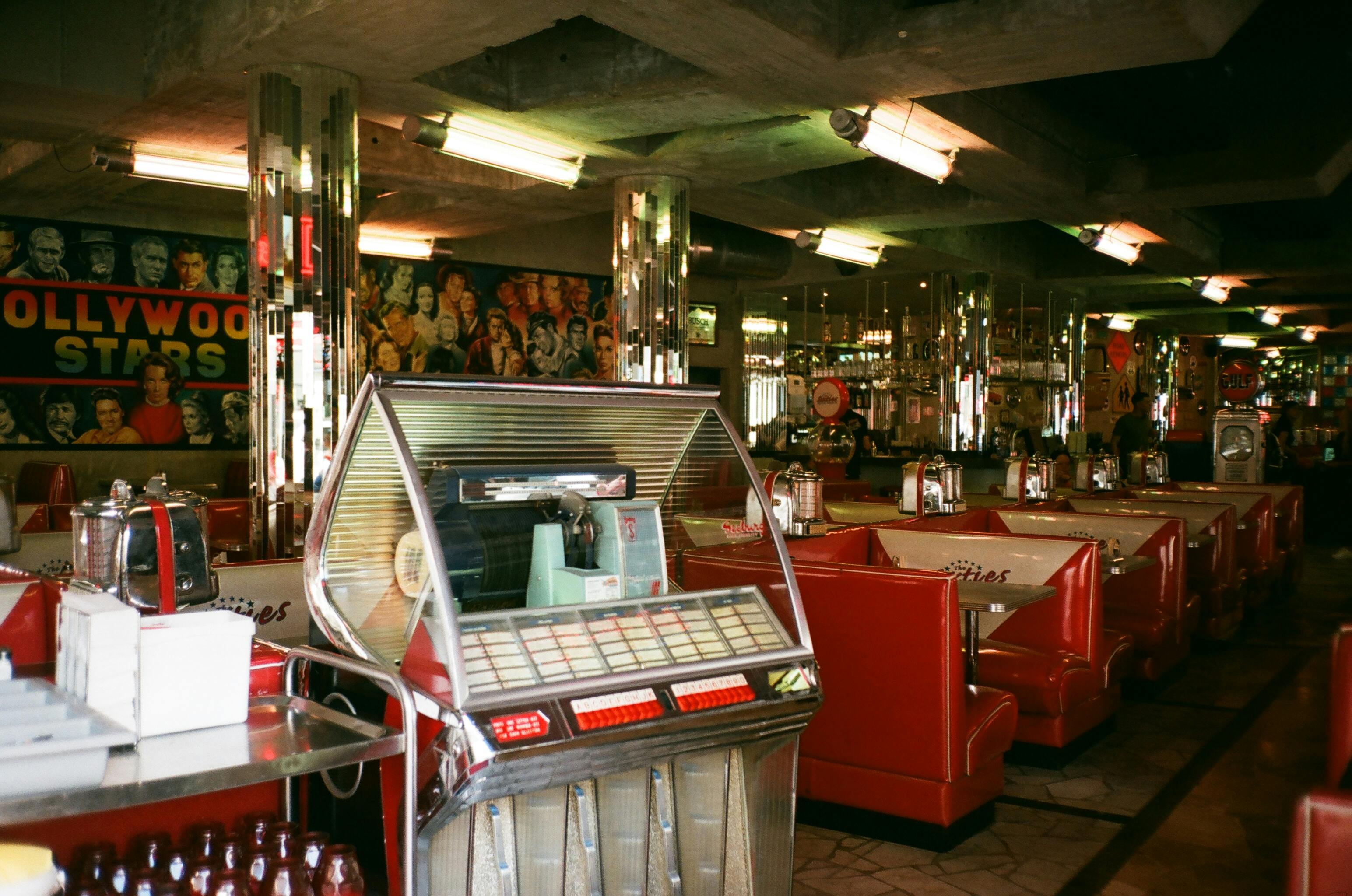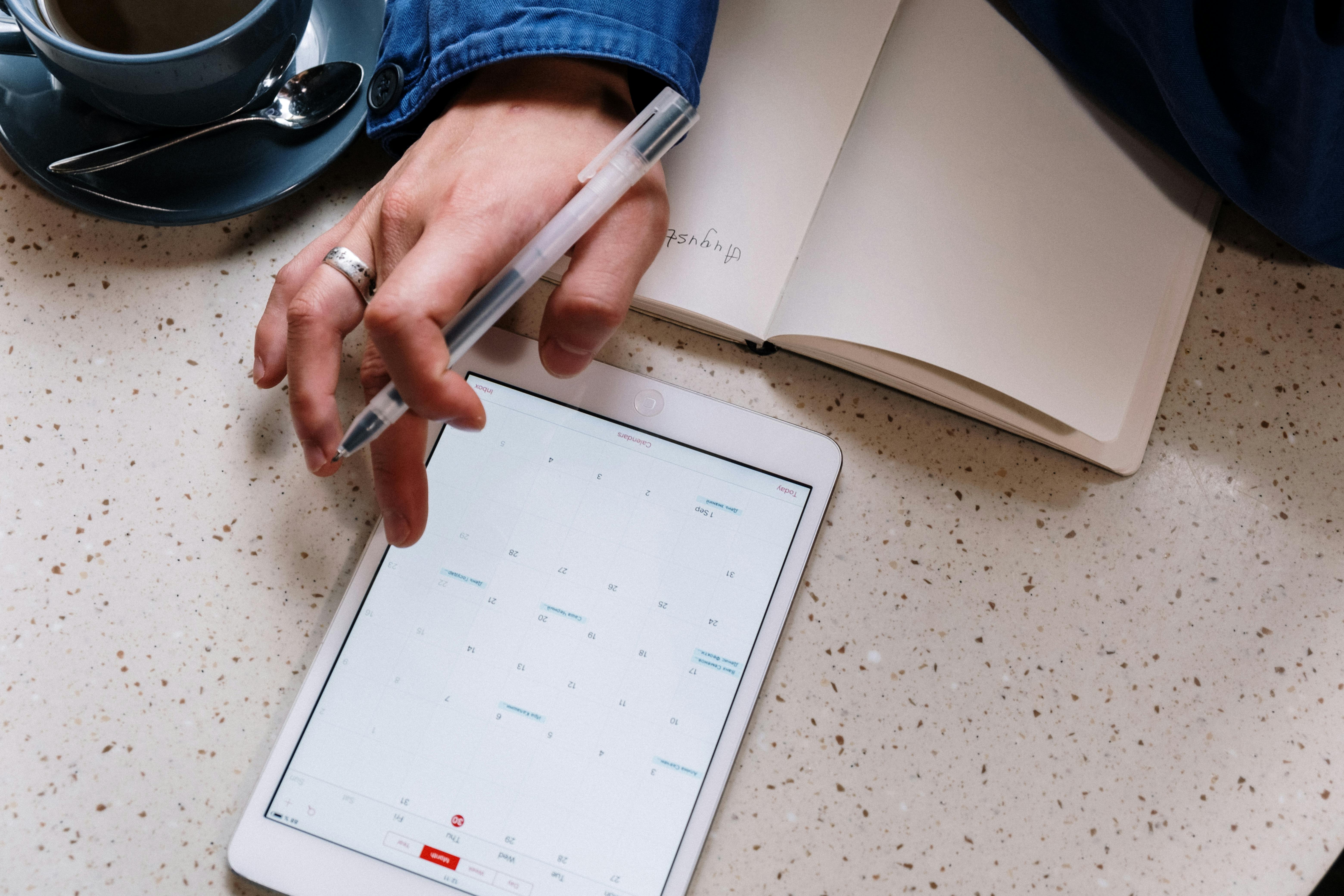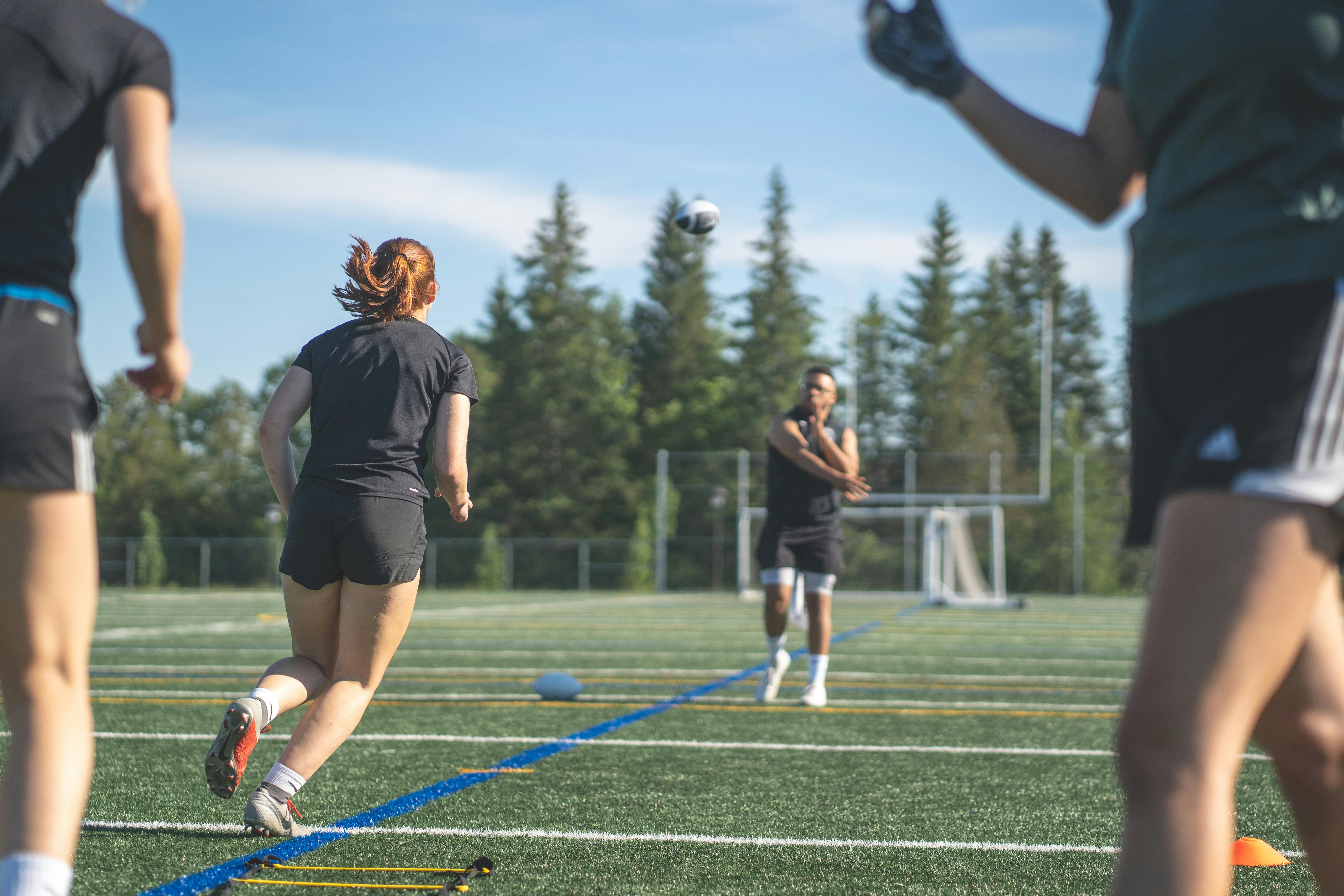I am not a coffee expert. I can’t tell you all the differences between varieties and countries of origin. No one would call me an insider. So why am I writing this article?
My friends come to my house, drink my coffee, and tell me it’s the best they’ve ever had. So I decided to write down what I know about coffee and how I make it. I hope you find it useful.
A good cup of coffee must have three things: a quality coffee bean, good water and a good brewing process. Play around with any of these three factors, and you’ve got yourself a cup of hot, vile, and bitter concoction. No wonder so many people tell me they don’t like coffee.
Coffee grains
Most of the coffee I drink in the US (I live in Colombia most of the year) is weak and bitter. This is a direct consequence of letting accountants rule our lives.
Do you remember a few years ago when you were staying in a hotel and making coffee in your room? They had a little filter packet that you opened and put in the coffee pot. One accountant thought if manufacturing could just take out a teaspoon of coffee, no one would know the difference, so his company saved thousands of dollars over the course of the year. Another accountant did the same thing two years later. Then it happened again. Now, I have to put two packets in the coffee pot to get a good brew.
This same process has happened in restaurants, airlines and offices. Many companies use this same type of packaging for their industrial drip coffee makers. Most of the coffee cups I buy in the US are so thin that I can see almost to the bottom of the cup.
Now this leads to a vicious circle. This hot and bitter water that most establishments sell as coffee has many proclaiming, “I don’t like strong coffee. It’s too bitter.” So they reduced the amount of ground coffee they put into their coffee makers. And the result is even worse.
So the first rule of thumb for a good cup of coffee is to use enough coffee. This requires some experimentation. Put in enough coffee to make a rich, dark brew.
That brings me to the second point about coffee. The brands are different. Some are bitter, some are smooth. My favorite is Colombian coffee. National Colombian brands are the best. They are not as bitter and seem to have less caffeine than American brands, even when they say 100% Colombian. There is one exception, Community Coffee. They don’t have a nationwide distribution, but if you live within a thousand miles of New Orleans, you should be able to find it.
These Colombian national coffees, namely “Oma” and “Sello Rojo”, can be brewed dark and rich without turning bitter.
Water
It amazes me that people spend fourteen dollars for a small packet of ground coffee from some exotic location, and then fill their coffee pot with tap water. What are they thinking?
Spring water or reverse osmosis water is best. But tap water that is filtered through a GOOD filter is fine. Be sure to check your filter to see if it removes chlorine as well as nasty solids and bacteria. A Berkey filter that removes all of the above plus fluoride is best.
Some of you up north may have good tap water, but here in Texas, a filter system is a must to get a good cup of coffee. I have a water softener and filter here in north Austin.
brewing method
A drip coffee maker can make a drinkable cup of coffee, but the percolator, French press, and espresso machine are much better. The acquisition cost and cost per cup of single serve coffee makers puts them out of the competition.
For me, a percolator is too slow and has too little quantity. You wait several minutes to get two cups of coffee. The espresso machine would take up all my counter space, plus it would cost too much. And again, like the coffee pot, there is not enough of it.
The French press gives me a quart of great coffee in a third of the pot time, and it’s cheap to buy. Most places charge around $40 for a French press, but IKEA has them for $16. A coffee company gives them away for free for logging into their coffee subscription service.
For those of you unfamiliar with a French press, this is how it works. You put coffee in a beaker. Add hot water. After stirring the grounds to get a good brewing action, insert a plunger into the top of the beaker and push down slowly.
The screen at the bottom of the plunger lets the brew through and presses the soil to the bottom of the beaker. Now your coffee is ready to drink.
I like to add a small amount of natural sugar. This little bit of sweetness is like an activator of the intense flavor of the coffee.
If you must use a drip coffee maker, replace the paper filter with a fine mesh. You can find them in a number of places, but Target seems to have the best for the cheapest price. And remember. Use enough coffee.
I would love to know how your experiments are going.


